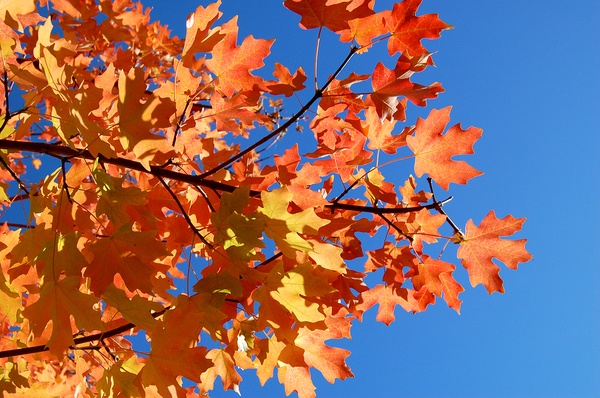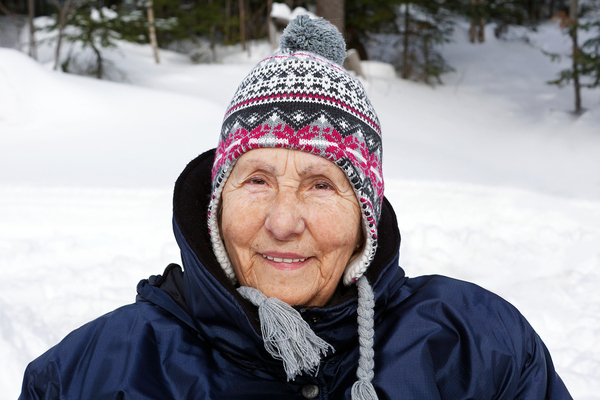 Summer comes and goes every year in a beautiful blur. While fall has plenty of charms of its own, changing weather conditions can also result in greater threats to senior health. The good news is that there are some things caregivers can do when caring for seniors to minimize risk and maximize safety. Let's count down five simple steps worth taking now to promote senior wellness into autumn and beyond.
Summer comes and goes every year in a beautiful blur. While fall has plenty of charms of its own, changing weather conditions can also result in greater threats to senior health. The good news is that there are some things caregivers can do when caring for seniors to minimize risk and maximize safety. Let's count down five simple steps worth taking now to promote senior wellness into autumn and beyond.1. Check All Safety Devices
The changing of the seasons is an ideal time for seniors to make sure that all of the devices in their homes are in good working condition. Caregivers can make a difference by helping aging loved ones check batteries in smoke detectors, carbon monoxide monitors, and flashlights. This is also a good time to confirm that fire extinguishers are up to date and that backup generators are functioning properly.
2. Minimize Water Damage
Clogged gutters can lead to all sorts of problems which can multiply when temperatures drop below freezing. If left unchecked, this can lead to the formation of ice dams caused by frozen water, which can eventually result in broken gutters and serious roofing problems. Keeping gutters free of leaves, water, and other debris can be an invaluable preventative measure.
Like gutters, hoses and spigots can become hazards if water is allowed to collect and freeze. Avoid the headache of frozen and bursting pipes by draining all water well before the arrival of cold weather.
3. Handle Heating Needs
Seniors are particularly susceptible to the cold. HVAC units should be inspected every year to ensure that they're operational. Doing so at the end of summer or in early fall can also help seniors avoid the last-minute rush, while also sparing them from the high cost of deferred maintenance should the unit break down and require emergency service. Seniors can also save by checking all windows and doors for worn or cracked sealants, as well as using plastic tarp on particularly drafty windows.
Older adults living on a fixed income, may benefit from level billing plans which can be spread out over the course of the year. Fall is a good time to check in with the electric or gas company to see what arrangements are available.
If your aging loved one uses a portable heater, make sure it's plugged directly into an outlet. Avoid using an extension cord and/or any outlets or wiring which are in poor condition, and keep the surrounding area free of clutter to reduce the risk of fires and falls.

4. Bundle Up
For millions of Americans, autumn's arrival means back-to-school. But for seniors it may mean shopping for the right clothing to ward off hypothermia. In addition to reminding seniors about the importance of dressing warmly and staying dry, make sure they're well-outfitted for the months ahead with plenty of layered, loose-fitting clothing, mittens, and a hat. Non-skid boots are also a must-have for fall prevention.
5. Arrange Ahead
When the roads and sidewalks get icy, the best course of action is for seniors to stay inside. However, if they do need to venture out, make sure proper arrangements have been made to ensure that all walkways are free of ice. Use a doormat to prevent wet floors and indoor trips and falls.
Perhaps nothing speaks better about fall weather prep than the old adage, "An ounce of prevention is worth a pound of cure." Taking these five proactive precautions can be a critical part of promoting wellness for seniors as well as peace of mind for the people who love and care for them.
mmLearn.org offers a large library of free videos for caregivers of older adults, covering topics pertaining to senior care. Whether you are a healthcare professional or a family caregiver, if you are caring for an older adult we know that you will find mmLearn.org an essential learning and guidance tool for all of your caregiver training needs. Access our database of free online caregiver training videos for more information on helping seniors live independently and other related caregiving issues.
